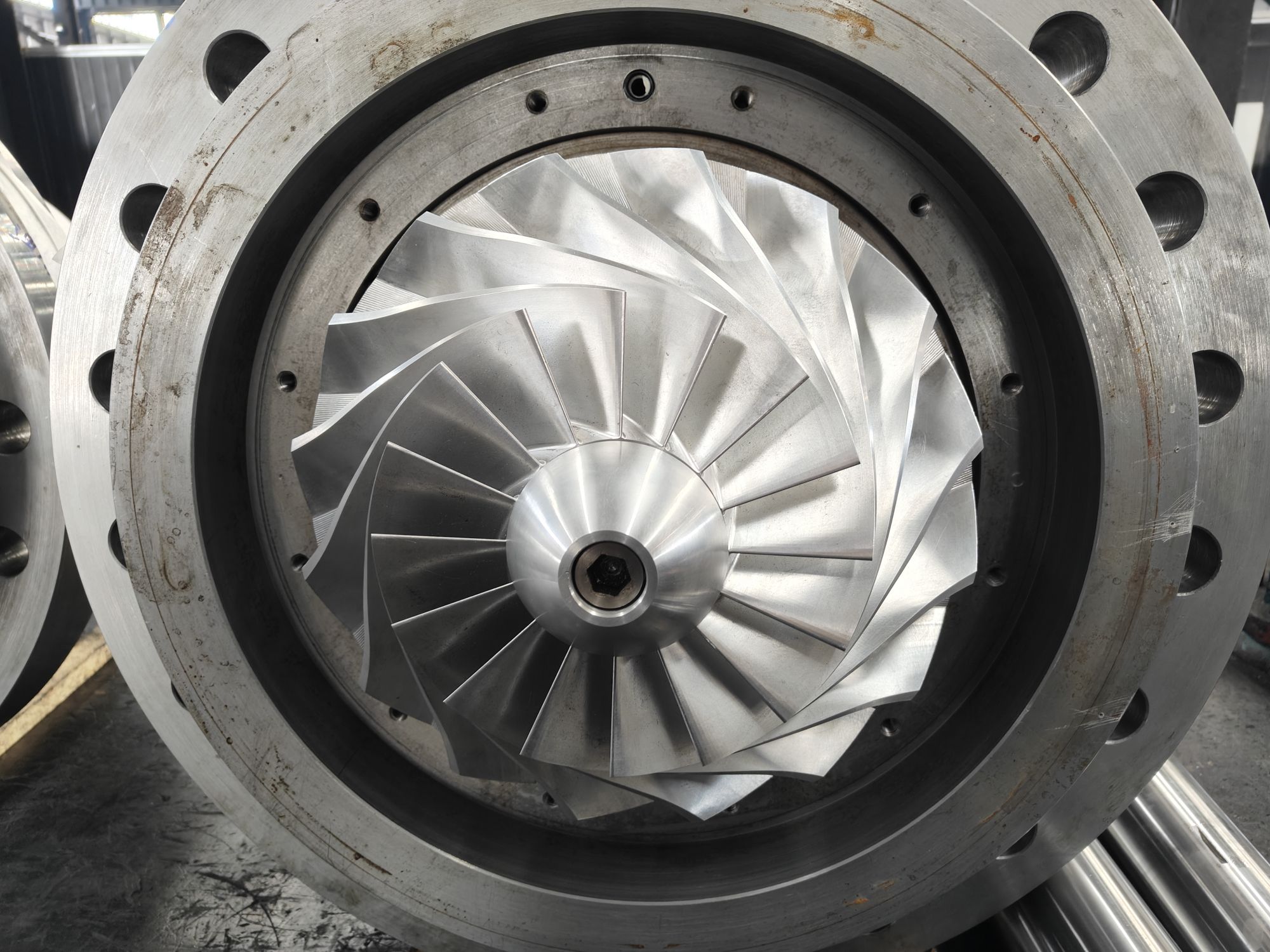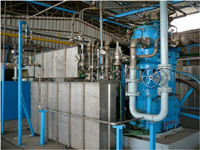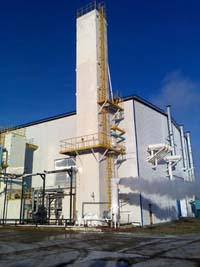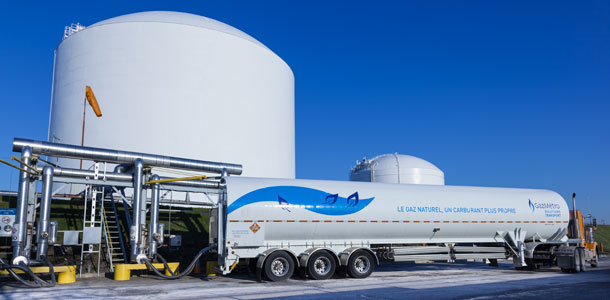LNG is transported from LNG liquefaction plant to LNG gasification plant through road tanker or tank container truck. The tanker tank is boosted by the air temperature booster gasifier on the tanker (or unloaded by station Pressurized gasifier on the tank container car boost), so that the tank and the LNG tank to form a certain pressure between the use of this pressure tank tank LNG unloaded into the gasification plant tank. At the end of the unloading, the gas phase natural gas in the tanker is recovered through the unloading platform.
In order to prevent the pressure rise in the LNG storage tank, the unloading speed is affected. When the LNG temperature in the tank is lower than the temperature of the LNG in the tank, the feedrate is used. The low temperature LNG in the tanker enters the tank in a spray state through the tank inlet tube nozzle, cools the part of the gas into liquid and reduces the tank pressure, so that the unloading can proceed smoothly. If the LNG temperature in the tank is higher than the temperature of the LNG in the tank, the high temperature LNG enters the tank from the lower inlet and mixes with the low temperature LNG in the tank to avoid the high temperature LNG. Into the tank to evaporate and increase the pressure inside the tank caused the difficulty of unloading. In practice, the LNG temperature in the tanker is usually higher than the temperature of the LNG in the tank of the gasification station because the current LNG source is far away from the gas city and the long distance transportation reaches the gas city. the way. So in addition to the first filling LNG when using the liquid into the way, the normal unloading tank are basically used into the liquid way.
In order to prevent the sudden cooling of the unloading to produce a greater temperature stress damage to the pipeline or affect the speed of unloading, before unloading the tank should be used in the LNG unloading pipeline pre-cooling. At the same time should prevent the rapid opening or closing of the valve so that the LNG flow rate suddenly changed to produce liquid damage to the pipeline.


 (Live chat)
(Live chat)




